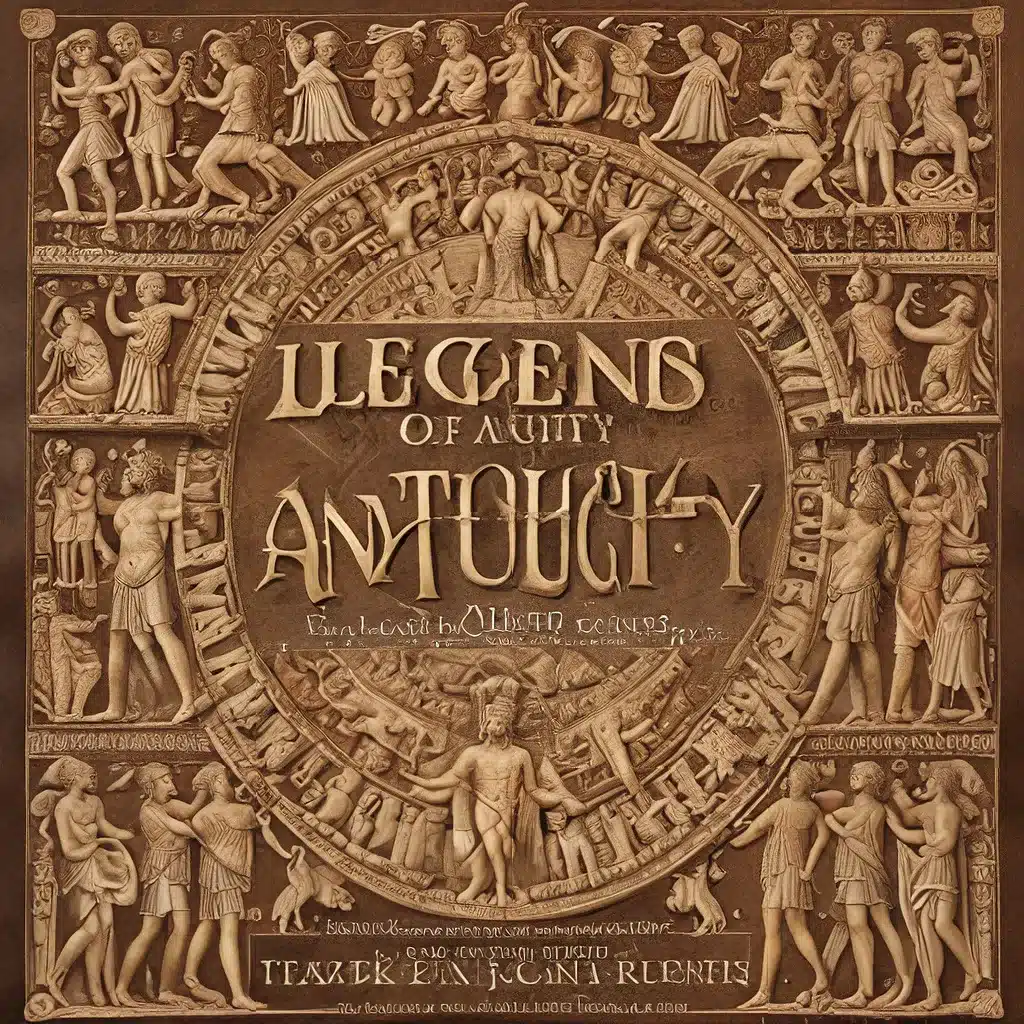
Unraveling the Mysteries of Ancient Civilizations
Throughout history, humanity has been captivated by the marvels and enigmas of bygone eras. From the colossal structures of ancient Egypt to the mythical creatures whispered about in Greek legends, the past has always held a certain allure, beckoning us to uncover its hidden truths. In this article, we will delve into the fascinating world of archaeological discoveries and historical myths, shedding light on the realities that lie behind the legends of antiquity.
Uncovering the Truth Behind Ancient Myths
Myths and legends have long been a part of human culture, serving as a means to make sense of the world around us. Adrienne Mayor, a renowned historian of ancient science and warfare, has dedicated her research to exploring the connections between these mythical tales and the scientific realities they may have been based upon.
One intriguing example is the myth of the Griffins, a hybrid creature with the body of a lion and the head and wings of an eagle. According to Mayor, this fantastical beast may have been inspired by ancient observations or hearsay about fossilized remains of beaked dinosaurs encountered by early explorers in Central Asia. The Griffins, with their unique physical features, could have been an attempt to explain these extraordinary, previously unknown creatures.
Similarly, the myth of the Amazons, a legendary tribe of fierce female warriors, has long captivated the imagination of scholars and the public alike. Mayor’s research has suggested that these warrior women may have had a basis in reality, with evidence of female-led nomadic tribes in the ancient Eurasian steppes. By examining the archaeological evidence and literary accounts of these ancient cultures, she has shed new light on the realities behind the mythical Amazons.
Deciphering the Enigmas of Ancient Civilizations
Alongside the exploration of mythical creatures, the study of ancient civilizations has also been a subject of intense fascination. From the colossal pyramids of Egypt to the lost city of Atlantis, the achievements and mysteries of these societies have long captured the public’s imagination.
One such enigma is the Nazca Lines of Peru, a vast network of geometric designs and animal figures etched into the desert landscape. For decades, scholars have debated the purpose and origins of these mysterious markings, with some suggesting they were created for astronomical or religious purposes, while others propose more practical explanations, such as the demarcation of trade routes.
Similarly, the Moai statues of Easter Island have long been a source of wonder and speculation. These giant stone heads, carved by the Rapa Nui people, continue to captivate archaeologists and tourists alike, with ongoing debates surrounding their purpose, construction, and the fate of the civilization that created them.
Emerging Theories and Discoveries in Ancient History
As our understanding of the past continues to evolve, new archaeological discoveries and scientific advancements have shed light on previously unexplored aspects of ancient history. One such example is the recent discovery of the Denisovan species, a previously unknown human ancestor, whose DNA has been found in the genomes of modern-day populations across Asia and Oceania.
Another area of growing interest is the study of ancient warfare and its technological innovations. Adrienne Mayor’s work on the origins of biological weapons has uncovered the ancient roots of these practices, challenging our assumptions about the linear progression of human civilization.
Moreover, the field of geomythology, pioneered by Mayor, has revealed the potential for pre-scientific observations and folk knowledge to be embedded within mythical narratives. By analyzing these stories through a scientific lens, researchers have been able to uncover kernels of truth about the natural world that were known to ancient civilizations.
Conclusion: Embracing the Mysteries of the Past
As we continue to explore the legends and realities of antiquity, we are reminded of the enduring fascination and relevance of the past. Whether it’s unraveling the myths of mythical beasts, deciphering the enigmas of ancient civilizations, or uncovering the unexpected in emerging theories and discoveries, the study of the past offers a window into the human experience, challenging us to expand our understanding of the world and our place within it.
By embracing the mysteries of the past, we can gain a deeper appreciation for the resilience and ingenuity of our ancestors, and perhaps even uncover unexpected connections between the ancient and the modern. So let us continue to explore, question, and uncover the legends of antiquity, for in doing so, we may just unlock the secrets of our own past, present, and future.


